Something a little different for today – a card game! Mai-Star is billed as a game of “Beauty and guile in the floating world“. It’s a beautiful, quick little card game that focuses on geisha entertaining clients and earning points to win the round. There are six geisha to choose from, each with their own strengths and weaknesses. The game was designed by renowned game designer Seiji Kanai, after he’d been asked why none of his games to date were based on Japanese culture.
I invited a few friends over to test the game out. They’re familiar with card and board games, not so much with the world of maiko and geiko. I thought getting their perspectives would be interesting.
The first thing I noticed about Mai-Star is how absolutely gorgeous the artwork is. The geisha are all beautiful and unique, and while the artists have taken some creative liberties with things like hairstyle and accessories it’s clear that all the artwork is grounded in reality and accuracy. The game is set in an ephemeral time and location, which does result in a few stylistic choices that made me raise an eyebrow (the Okaasan card wearing Heian-era court noble robes, for example) but since it’s a fantasy game I don’t find that this detracts at all from the entertainment value. I also very much appreciate that these women are not some westernised, inaccurate stereotype of geisha. The characters in this game are beautiful, educated entertainers and at no point in the course of the game is it ever suggested they are anything else. The relatively unique subject matter is treated with utmost respect.
In the words of Kanai:
I believe foreigners have a lot of different images of Japan, but the classic trio is always “Samurai, Geisha, Ninja”. Games with samurai and ninjas were already all over the place, so I decided to go with geishas. Not even Japanese see much of real life geishas today, but shortly put they’re extremely educated party hostesses and professional entertainers, and I figured nothing bad could come out from spreading this piece of Japanese culture a bit more. (source)
It took us a few turns to get the hang of the game, but it’s quite straightforward and once we all got into it, the rounds went by quite quickly. The objective is to raise your geisha’s reputation (stats – performance, service, and intelligence) in order to attract high-paying clients. The geisha who earns the most after each festival (round) wins. It sounds very simple, but requires a lot of thought and planning. You can either choose to focus on boosting your own stats, or you can be crafty and attempt to sabotage the other players. The game doesn’t favour one playing type over another, making it fun and accessible for a wide range of players.
As you can see, we didn’t shuffle the cards as well as we should have, but it was still a lot of fun! You can purchase a copy of Mai-Star from Alderac Games on Amazon. I highly recommend it if you’re looking for a beautiful, fun little card game.
I received this item from the retailer or manufacturer for honest review purposes.If you have a topically appropriate craft, product, or service you would like me to review, please contact me.This post contains affiliate link(s). If you choose to purchase, I receive a small rebate or commission which goes to the continued maintenance of this site.


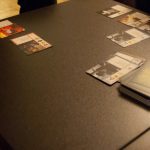
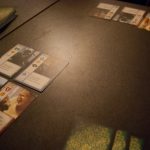
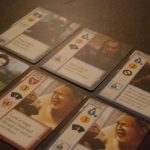
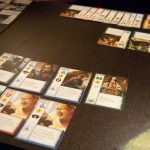
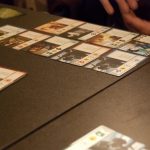
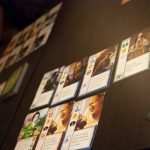
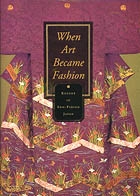
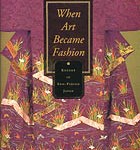
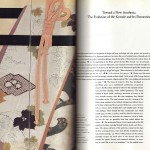
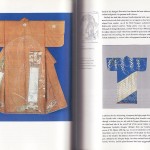
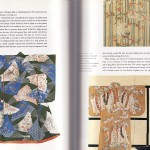
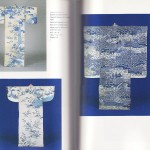
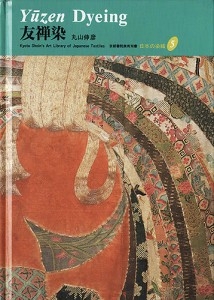

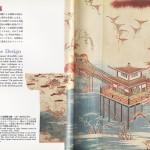
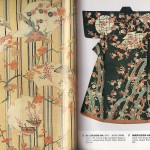
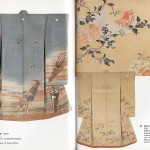


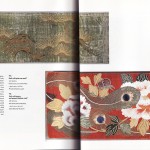

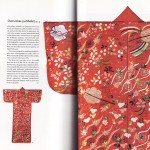
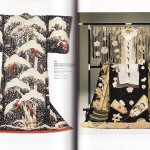











 Bebe Taian
Bebe Taian CHOKO Blog
CHOKO Blog Gion Kobu
Gion Kobu